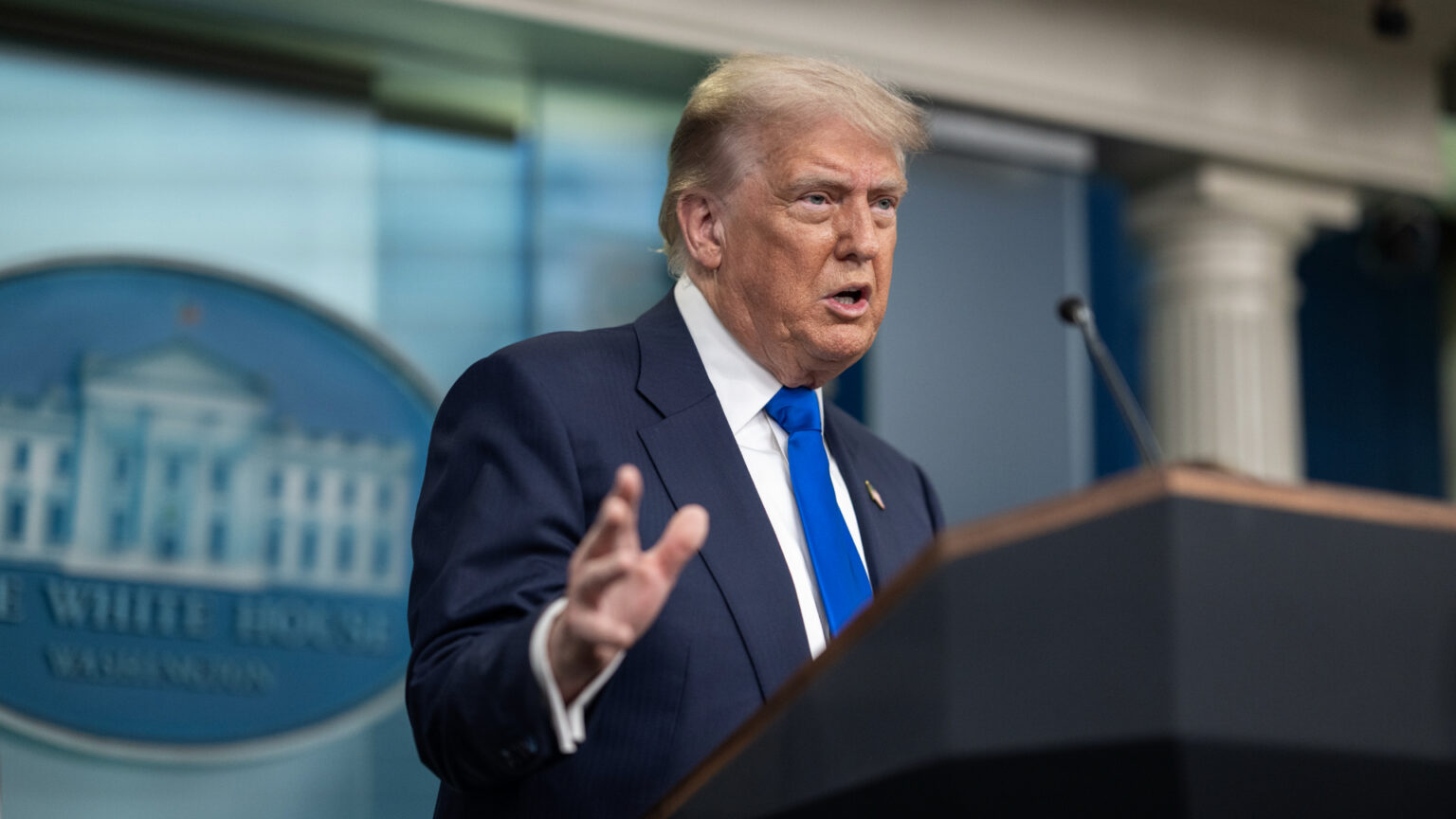Donald Trump’ s administration has announced that the US will acquire a nearly 10% stake in Intel. However, this is not a classic investment, but a swap of previously granted subsidies for a stake. This unprecedented transaction is expected to provide the Santa Clara-based giant with funding, but at the same time raises questions about the company’s fundamental technological problems, which capital alone will not solve.
Under the agreement, the US government will acquire 9.9 per cent of Intel ‘s shares for $8.9 billion. The price per share has been set at $20.47, a significant discount of around 17.5 per cent from Friday’s closing price. Crucially, the deal does not involve a new cash injection into the US budget. The funds for the purchase come from funds that Intel was expected to receive anyway through grants from the CHIPS Act (US$5.7 billion) and the Secure Enclave programme (US$3.2 billion), both initiated back during the Joe Biden administration.
The government is to be a passive shareholder, with no seat on the board. It has pledged to vote in accordance with its recommendations, albeit with some unspecified ‘limited exceptions’. The deal also includes a significant condition: a five-year warrant to purchase a further 5% of the shares at a price of US$20 if Intel loses control of its foundry business. This is a clear signal that Washington wants to safeguard the country’s strategic chip production.
The acquisition of a stake in Intel is another example of the White House’s growing intervention in key sectors of the economy. It is part of a strategy to strengthen domestic manufacturing and make supply chains more independent. Similar moves have previously included AI giant Nvidia, in the context of its sale to China, and MP Materials, a producer of rare earth metals. Such moves, while motivated by national security, worry some analysts, who point to the creation of a new kind of corporate risk related to political influence on business.
Although the deal secures nearly $9 billion in funding, analysts agree – it doesn’t solve Intel’s main problems. The company has been struggling with technology delays for years, losing its leadership position in manufacturing to Taiwan’s TSMC. At the same time, it has ceded ground to Nvidia in the lucrative AI chip segment and AMD in the processor market. In 2024, Intel posted its first annual loss since 1986, illustrating the scale of the crisis.
The biggest challenge remains the profitability and competitiveness of the foundry division, the contract manufacturing of chips for third parties. The new CEO, Lip-Bu Tan, has made it clear: without securing large customers for advanced manufacturing processes such as 18A and 14A, further investment in this segment may be in question. Meanwhile, according to media reports, the 18A process is still struggling with yield issues, a key indicator of manufacturing efficiency.
For many market observers, the deal with the government is a weaker solution for Intel than the subsidies originally promised. Instead of non-refundable support, the company receives capital, but in return gives up some ownership. It is therefore a form of bailout that comes at a price. It provides the financial breathing space for factory expansion, but does not guarantee the most important thing – regaining customer trust and technological leadership. The real test for Intel will play out not in the offices of politicians, but in its own laboratories and factories.











